English
If you’ve found heavily wrapped pathways on your marijuana leaves, your cannabis plants propably have been infested by Agromyzidae. These pests produce whitish wounds on the upper side of the leaves, which gradually expand and form dry brown patches with a few black spots inside these paths.
Morphology of Agromyzidae
Adults Agromyzidae are 1.7-2.1 mm in size. Wing length 1.7-2.1 mm. The thorax is blackish grey, completely opaque, with a yellow spot between the wings. All legs are pale, hips and thighs yellow, femora with a slight brown band. The rump is mostly dark. The puparia are orange to golden brown. Larvae are yellowish in colour, up to 3 mm long. Paired respiratory organs arise on the first and last segments.
Life cycle of Agromyzidae
Agromyzidae are thermophilic pests, for which the ideal temperature for development is about 25 °C. Agromyzidae larvae hatch between 5-7 days, where development depends on temperature and the place of pupation, which can be a cannabis leaf, soil surface or even directly in the soil at a depth of up to 2 cm. The pupal stage lasts about 7-14 days at temperatures between 20-30 °C.
On the other hand, at low temperatures the pupal development stops. It can survive the whole winter in the pupal stage in the greenhouse. Depending on the temperature, the entire development from egg to adult Agromyzidae takes between 12 and 54 days. Peak of hatching is in the morning. After 24 hours from hatching, mating occurs and during one mating the entire brood of the female is fertilized. The eggs are laid singly under the leaf skin of the host cannabis plant.
How Agromyzidae harm
Agromyzidae cause direct and indirect damage. Direct damage occurs through larval feeding and female injections. The larvae eat irregularly shaped tunnels in the marijuana leaves, which expand as the larvae grow. More damage occurs in young cannabis plants, which can even die, but this is very rare. More severe infestations also cause yield reductions of up to 20%. Punctures to marijuana leaves caused by female hammerheads are a gateway to secondary bacterial and fungal infections.
Indirect damage includes transmission of viruses and bacteria.
Direct monitoring methods
A regular and frequent visual assessment of the health of the cannabis plant leads to the detection of the first signs of pest damage – punctures (similar to spidermites) in the leaves. Monitoring of adult flight activity using optical traps – sticky plates placed between cannabis plants to detect the onset, progress and maintenance of populations at lower levels.
Implementation of protective measures
Use of a set of available preventive (agrotechnical) and curative measures (physical, biological and chemical methods of protection):
- Disinfestation or frost-freeing of greenhouses after the end of the growing season (if possible),
- Inspect space around garden or greenhouse
- rigorous control of cannabis seedlings while outdoor (optimally temporary ‘quarantine’ of seedlings before planting),
- planting healthy cannabis seedlings free of pests and diseases,
Biological protection – natural enemis of Agromyzidae
Diglyphus isaea
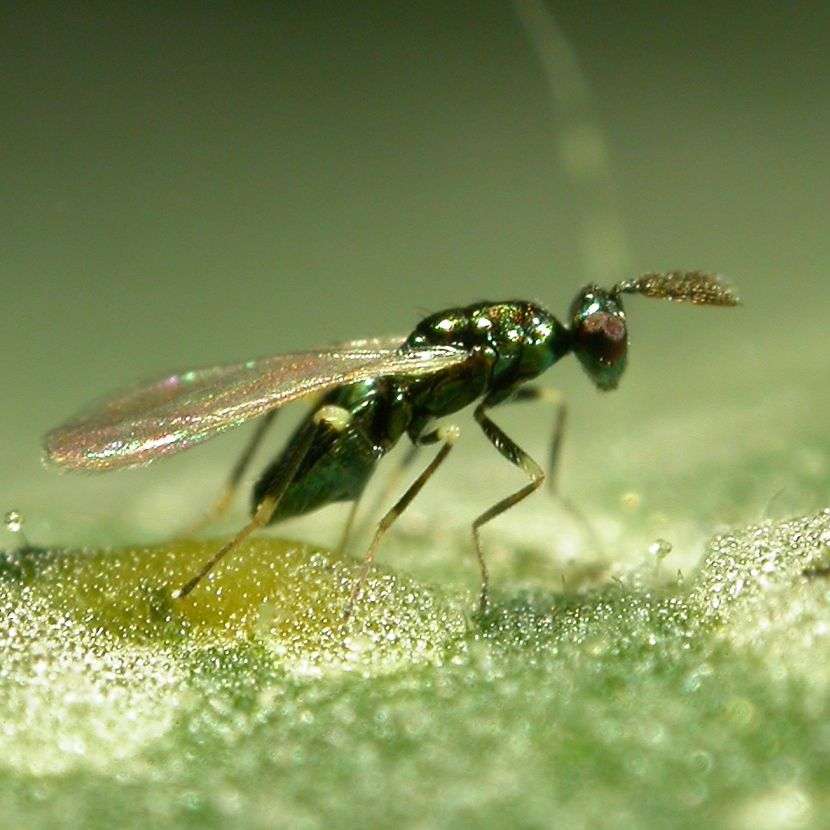
and Dacnusa sibirica.
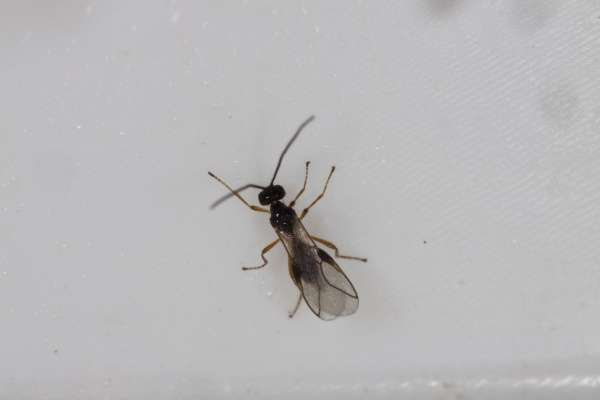
Non-chemical methods of marijuana plant protection
Capture of adults using optical traps (yellow glue boards) – only at lower intensity of occurrence (especially at the beginning of occurrence). The biggest advantage of this method is the fast detection.
Mechanical and physical protection
Removal of infested cannabis leaves or whole cannabis plants with larvae and subsequent disposal.
Chemical plant protection
For heavier infestations of cannabis plants with agromyzidae, pesticides can be used, which are usually the same as those used against spidermites. The most common are contact poisons, which are sprayed on cannabis plants leaves and their surroundings at relatively frequent intervals. The withdrawal period is mostly relative short, but beware of spraying near the end of flowering, it can cause a problem with mildew, which would ultimately be worse than the agromyzidae themselves.
Protection can be discontinued when no live larvae or new adults on glue boards have been found in the greenhouse for four weeks.
The emergence of resistant populations of Agromyzidae pests can generally be prevented by rotating(2-4 weeks) the active ingredients of insecticidal products with the same mechanism of action and following the recommended dose and number of applications.
Published by Peca Sarm
14/09/2022choose and buy cannabis seeds from our offer
our pleasure

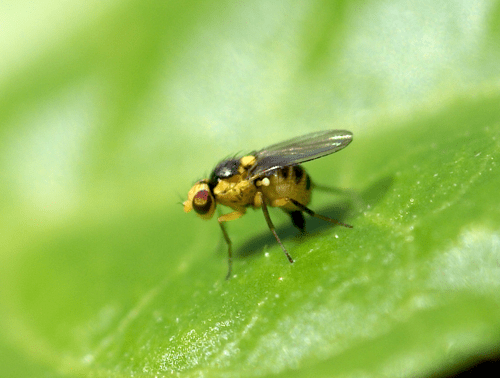
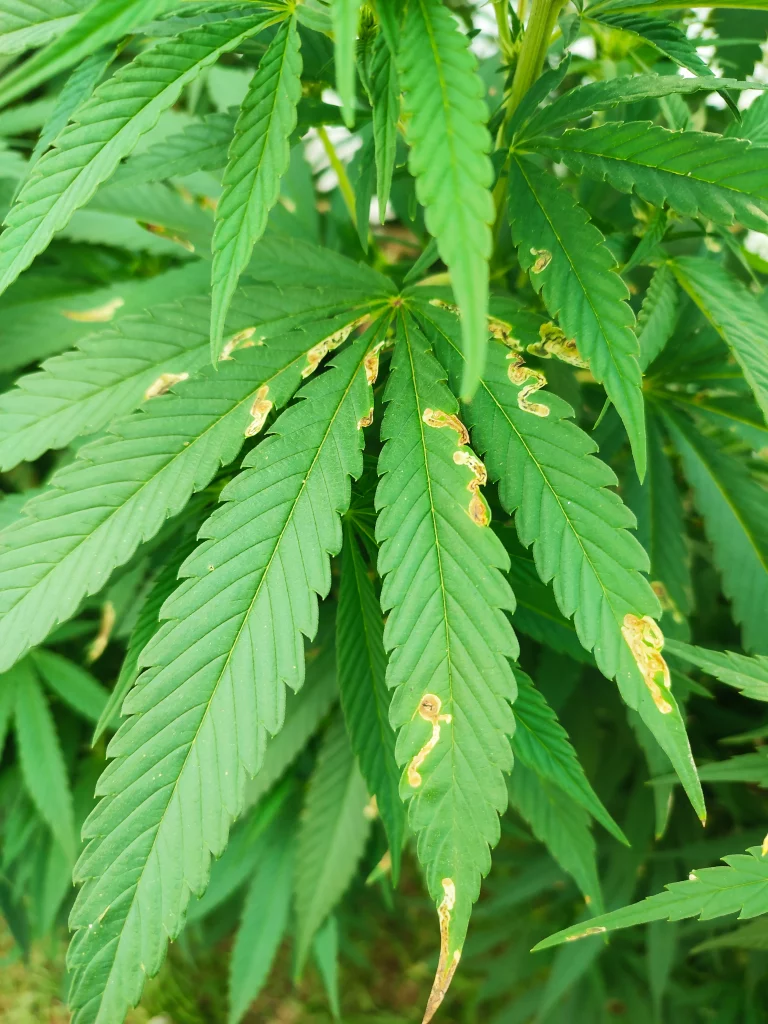
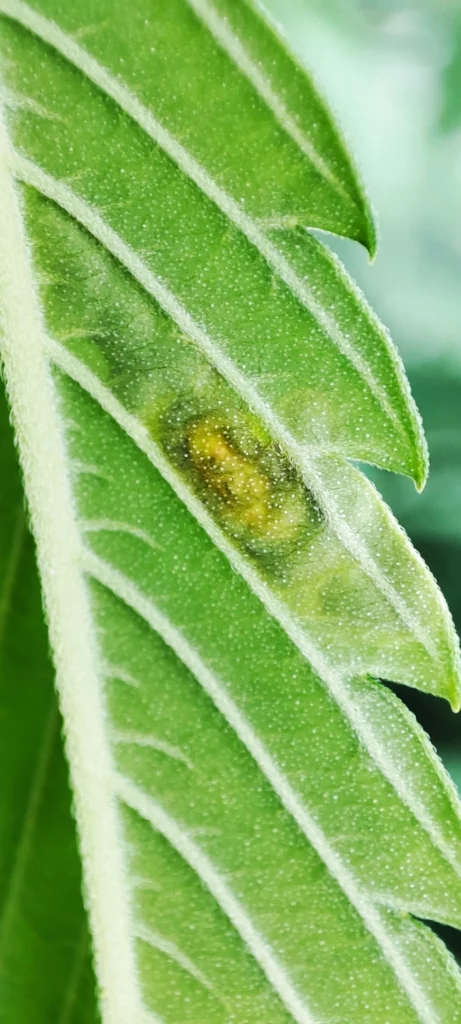
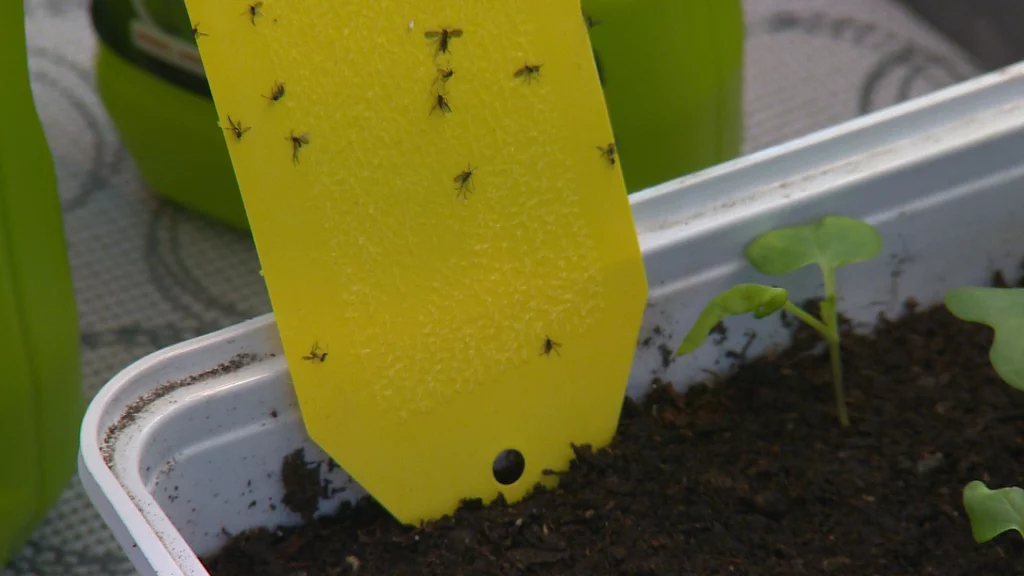
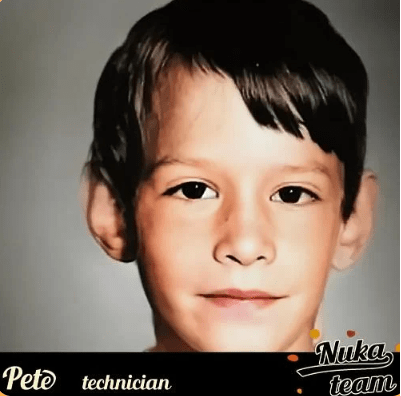























I have these pests all over my cannabis plants. I have a large greenhouse and within a few days all the top leaves of the marijuana were covered in corridors.